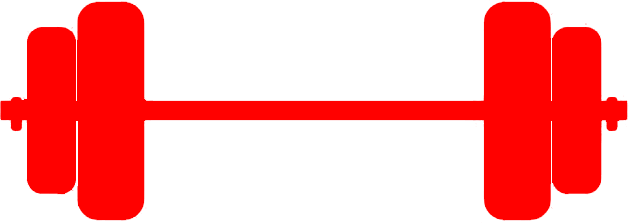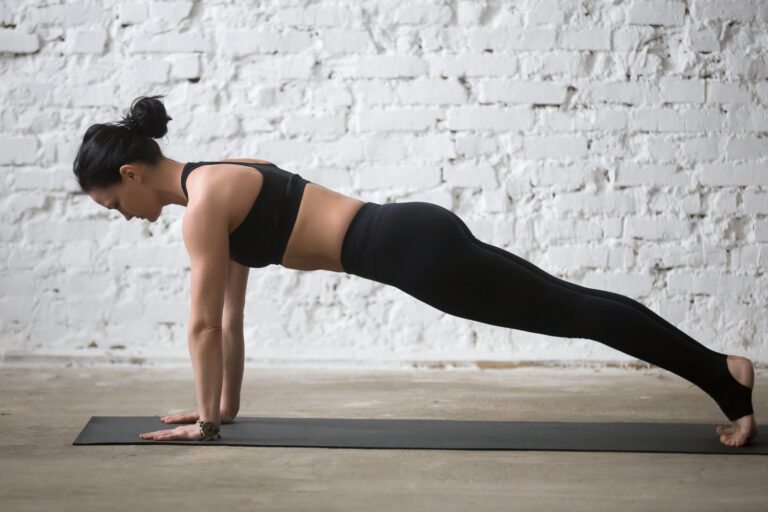What Is Functional Strength Training, and How Can It Benefit Your Workout Routine?

It seems like there’s a new fitness trend every month. However, one approach to exercise that has become a cornerstone for fitness enthusiasts and athletes alike is functional strength training. This versatile and effective approach benefits individuals at all fitness levels, but what exactly is functional strength training?
Functional strength focuses on movements that replicate real-life activities. Buy doing so, this type of training enhances strength, balance, and coordination while reducing the risk of injury. Whether you’re an athlete aiming to improve performance or someone looking to stay active and pain-free, this is a valuable addition to your workout regimen.
Here’s a detailed look at the concept, benefits, and methods of functional strength training, as well as how you can incorporate it into your workout routine.

What Is Functional Strength Training?
Functional strength training refers to exercises that mimic real-life movements to improve strength, balance, coordination, and mobility. Unlike traditional strength training, which often focuses on isolated muscle groups, functional training targets multiple muscle groups at the same time. The goal is to enhance your body’s ability to perform daily activities and physical tasks with greater efficiency and reduced risk of injury.
Functional vs. Traditional Strength Training
In traditional strength training, you might perform isolated exercises like bicep curls or squats independently. Functional strength training, on the other hand, emphasizes compound movements, such as kettlebell swings or squat-to-press. These exercises engage multiple muscle groups — including the biceps, quads, glutes, and shoulders — while also improving range of motion and stability.
These compound movements closely replicate the motions you perform in everyday life, making them highly practical and effective.
Benefits of Functional Strength Training
Why should you add this kind of training into your workout routine? Here are some of the main functional strength training benefits that can be gained, whether you’re an athlete or just looking to improve your overall physical health:
1. Improved Overall Fitness
Functional strength training enhances your ability to perform daily tasks, such as lifting groceries, climbing stairs, or playing with your kids. By focusing on movements you use regularly, you build strength that directly translates to real-life scenarios.
2. Injury Prevention
It strengthens stabilizing muscles and improves balance, reducing the risk of injuries. It also teaches you to move efficiently, enhancing muscle function while minimizing muscle strain and joint stress that could lead to injury.
3. Enhanced Athletic Performance
Athletes often incorporate functional strength training into their routines to improve their agility, power, and coordination. Exercises like lunges, sled pushes, and medicine ball slams are great for building sport-specific strength.
4. Increased Core Stability
Many functional exercises require a strong and stable core, which can lead to improved posture and can reduce back pain over time.
5. Versatility and Adaptability
Functional strength training is suitable for all fitness levels. Exercises can be modified to match individual capabilities, and many bodyweight exercises can be performed at home with minimal equipment.
Key Components of Functional Strength Training
Here are some examples of functional strength training basics. A well-rounded program will incorporate many or all of these aspects.
Multi-Plane Movements
Unlike traditional strength exercises that focus on a single plane of motion, functional training incorporates movements across multiple planes — sagittal, frontal, and transverse — to replicate real-life activities. In this type of workout, you’ll be twisting side to side, moving up and down, and hinging forward and backward.
Compound Movements
Functional exercises typically involve multiple joints and muscle groups, improving overall coordination and strength. Examples include deadlifts, squats, and pull-ups. These exercises target a main muscle group, but require work from many other areas, as well.
Balance and Stability
Balance boards, stability balls, and single-leg exercises can help improve overall stability, reducing the risk of falls and injuries in everyday life.
Functional Equipment
Functional training often utilizes equipment like kettlebells, resistance bands, medicine balls, and TRX suspension trainers. These tools allow for a wide range of movements that enhance functional strength. While they’re not necessary to use, they can enhance a routine and challenge you in new ways.
Examples of Functional Strength Training Exercises
Here are some great exercises to help you get started with functional strength training. You’ll find more of these and other great exercises and receive a workout routine tailored to your goals by signing up for ATU Mobile today.
Squat-to-Press
- Muscles Targeted: Legs, glutes, core, shoulders
- Benefits: Improves full-body coordination, and upper and lower body strength.
Lunges with Rotation
- Muscles Targeted: Legs, core, obliques
- Benefits: Enhances balance and core stability.
Kettlebell Swings
- Muscles Targeted: Glutes, hamstrings, core
- Benefits: Boosts explosive power and cardiovascular endurance when reps are performed in quick succession.
Plank with Shoulder Tap
- Muscles Targeted: Core, shoulders, glutes
- Benefits: Strengthens stabilizing muscles and improves core strength.
Medicine Ball Slams
- Muscles Targeted: Core, arms, legs
- Benefits: Builds explosive power and improves total body strength.
How to Get Started with Functional Strength Training
Now that you know some exercises that would be in this kind of workout routine, you’re almost ready to get started! Here are a few other tips to help you on your functional strength training journey. For even more guidance and a complete program, check out the offerings on ATU Mobile.
Assess Your Needs
Consider your fitness goals and daily activities. Are you training for a sport, recovering from an injury, or simply looking to improve your overall fitness? These goals can help you refine a routine to best fit what you need.
Focus on Form
Proper technique is essential to avoid injuries. Start with bodyweight exercises before incorporating weights or more complex movements. Then, as you build strength and confidence, you can add weight.
Incorporate Variety
Use different exercises to target various muscle groups and avoid plateaus. A combination of strength, balance, and mobility exercises ensures a well-rounded routine. You shouldn’t do something different every day, but add in some variety every few weeks.
Seek Professional Guidance
If you’re new to functional strength training, consider working with a certified trainer or using a workout program like ATU Mobile where you can receive a program tailored to your needs.







